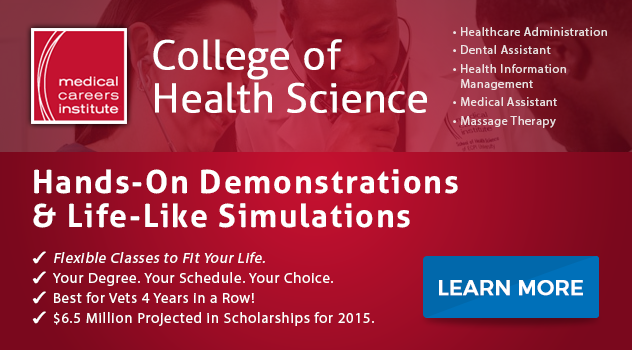How is Sports Massage Different than Swedish Massage?
Fifty years ago, when you went for a massage, the goals were usually simple: limber up or reduce soreness. These days, it's a different world, with a wide range of massage therapies available, depending on the client's needs. Factors such as age and health may decree what type of massage is recommended for each individual, as do the level and type of activity the client engages in.
Here's a list of some of the types of massage today's massage therapist might be expected to provide:
- Sports massage
- Swedish massage
- Deep tissue massage
- Shiatsu massage
- Back massage
- Trigger point massage
- Stress relief and relaxation massage
Anyone who aspires to a career in massage therapy needs to understand the differences between the many types of massage, and perhaps refine career goals in accordance with which type or types of massage appeal most.
Sports Massage
One of the hottest fields for massage therapists is in sports. Interest in athletics, both professional and amateur, is high and likely to remain so in the U.S. As a result, the need for sports massage has also grown.
So how does a sports massage differ from other types? A massage therapist may treat athletes ranging from professionals to weekend warriors. The type of massage administered depends on the type of athletic activity, for example, professional football. Therapists generally concentrate on those areas of the body that come under stress from repetitive or aggressive use.
Sports massage can also be used to prepare athletes for an event. By promoting flexibility as well as loose, supple muscles, therapists help minimize injuries. Further, specially designed massage techniques can help improve endurance and performance, and even reduce fatigue.
Treatment for sports-related injuries these days often includes massage therapy, which appears to reduce post-competitive event recuperative time. Specifically, sports massage tends to focus on muscle-tendon junctions. Studies have shown that brief massages can improve hip-flexor range of motion, for instance. Studies have also shown that a brief massage can decrease muscle soreness before or after exercise.
Sports massage may be administered before, during, or after an event. For day-long events, massages of two to 15 minutes might be administered, in between events on the same day.
Swedish or Relaxation Massage
The most common non-sports massage is for relaxation. It's generally referred to as Swedish massage, although some call it relaxation massage. The benefits most often sought from this type of massage include these:
- Improved circulation
- Improved immune response by reduction stress
- Reduced muscle tension and tension-related headaches
- Lower blood pressure
- Improved skin tone
- Improved stress-related symptoms
- Better gastrointestinal motility for all-around improved digestion
- Calmer body, mind, and emotions
As you can imagine, there's bound to be some overlap between the goals of relaxation massage therapy and that of sports massage. Relaxation massage can also be prescribed for clinical or remedial reasons, to lessen pain or some other type of dysfunction. It's likely helpful for a massage therapy student to get training in both types of massage, as a way of addressing a wide range of client issues.
Other Types of Massage
Some other types of massage are as follows:
Deep tissue: This therapy is focused on the deeper layers of connective tissue and muscles. The therapist employs slow strokes or friction applied across the muscle grain. This therapy is often used to relieve painful, tight muscles, posture issues, injury recovery, or strain from repetitive motion.
Shiatsu: A form of Japanese body therapy, Shiatsu technique employs finger pressure, applied rhythmically, on the same meridians that acupuncturists might use. The therapist holds pressure from two to eight seconds, in an effort to improve energy flow. Shiatsu is relaxing, but usually does not involve any soreness.
Thai: Similar to Shiatsu, Thai massage involves pressure to certain points along the body. It also uses stretches and compressions as the therapist moves and stretches the client in a sequence of postures, similar to yoga. The goal is to reduce stress, and increase range of motion and flexibility.
Becoming a Massage Therapist
If you are excited about the field of massage and would love to earn your Associate of Applied Science in Massage Therapy Degree, consider ECPI University for your educational needs. Our accelerated schedule could see you earning your diploma in as little as 15 months. For more information, speak with a helpful admissions counselor today.
It could be the Best Decision You Ever Make!
DISCLAIMER – ECPI University makes no claim, warranty, or guarantee as to actual employability or earning potential to current, past or future students or graduates of any educational program we offer. The ECPI University website is published for informational purposes only. Every effort is made to ensure the accuracy of information contained on the ECPI.edu domain; however, no warranty of accuracy is made. No contractual rights, either expressed or implied, are created by its content.
Gainful Employment Information – Massage Therapy - Associate’s
For more information about ECPI University or any of our programs click here: http://www.ecpi.edu/ or http://ow.ly/Ca1ya.





